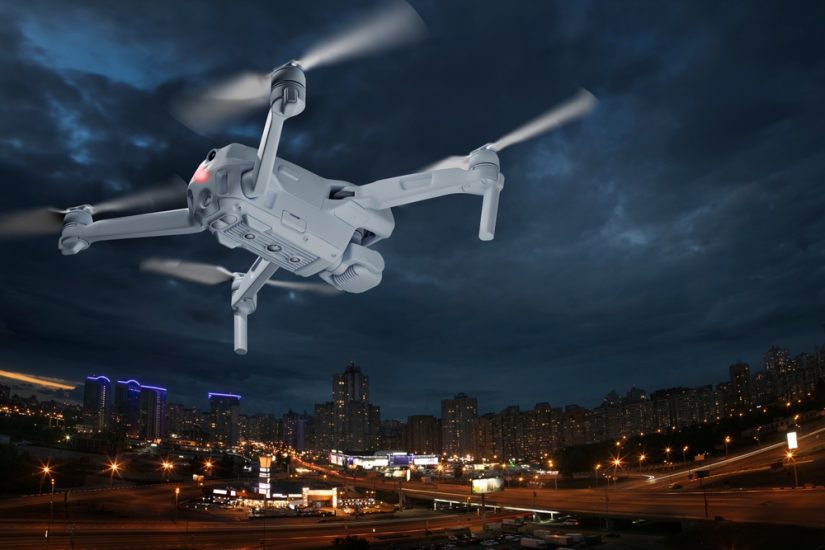The Federal Communications Commission (FCC) has initiated a rulemaking to modernise its rules in support of advanced air mobility (AAM) systems. The Notice of Proposed Rulemaking adopted unanimously by the Commission will seek comment on changes to spectrum rules to support innovation, growth, and safety needs of this burgeoning sector as well as other uncrewed aircraft systems (UAS), such as drones.
“The advanced air mobility technologies that our actions today enable will help make passenger and cargo transportation more accessible, convenient, and efficient in the future,” said FCC Chairwoman Jessica Rosenworcel on January 17. “Going forward they will also mean more ways to help during a crisis like the fires in Los Angeles, by providing the ability to deliver personnel and supplies to hard-to-reach areas, inspect infrastructure in disaster, and assist first responders with search-and-rescue operations.”
FCC defines AAM systems as “either crewed or uncrewed, with personnel either piloting the aircraft on board or through remotely piloted or automated techniques. They support accessible and convenient transportation of people and cargo for a variety of purposes, including regional air mobility to connect remote communities to the national aviation system, shuttle services to and from airports and between urban areas, and large cargo delivery.” The wireless communications technologies relied on by AAM systems and explored in the new Notice of Proposed Rulemaking (NPRM) include flight command and control, reliable in-aircraft broadband for passengers, and technologies designed to keep the skies above sensitive areas safe by detecting drone operations.
The NPRM proposes opening up the 450 MHz band to aeronautical command and control operations; allowing for a single, nationwide license in the band; and adopting flexible licensing, operating, and technical rules that will facilitate “robust use” of the band at a range of altitudes while minimising interference to neighbouring operations. The NPRM also proposes expanding radiolocation operations in the 24.45–24.65 GHz band for drone detection operations. Finally, the NPRM proposes to modernise the Commission’s rules for Commercial Aviation Air-Ground Systems in the 849–851 and 894–896 MHz band, which is used for in-flight connectivity.
AURA Network Systems, which provides specialised communications services for the aviation industry, has welcomed the adoption of the NPRM and says the inclusion of the company’s 450 MHz band for Control Non-Payload Communications (CNPC) services will help ensure the safe integration of UAS into the National Airspace System (NAS).
While the company can already provide CNPC services, CEO Kevin Steen noted that the FCC’s action will support a wide range of applications from air-cargo logistics for both commercial and government markets to enhancing communications capabilities for the broader aviation community. “We are especially pleased to see the Commission recognize the importance of the Aeronautical Mobile Route Service designation for the spectrum, as well as the need to move away from complex site-by-site licensing.”
In its initial petition, AURA requested updates to the FCC’s rules to allow the 450 MHz band to support both crewed aircraft and UAS. The company said it received strong support from various entities, including public safety organisations, infrastructure providers, UAS testing locations, tech companies, and the private aeronautical industry.
For more information
Federal Communications Commission – United States
Image: Shutterstock




